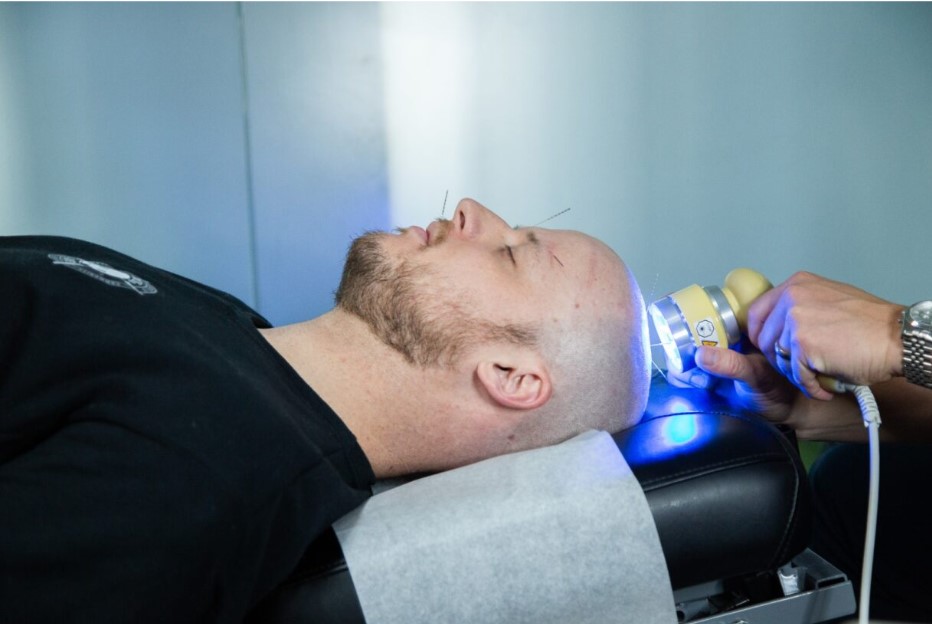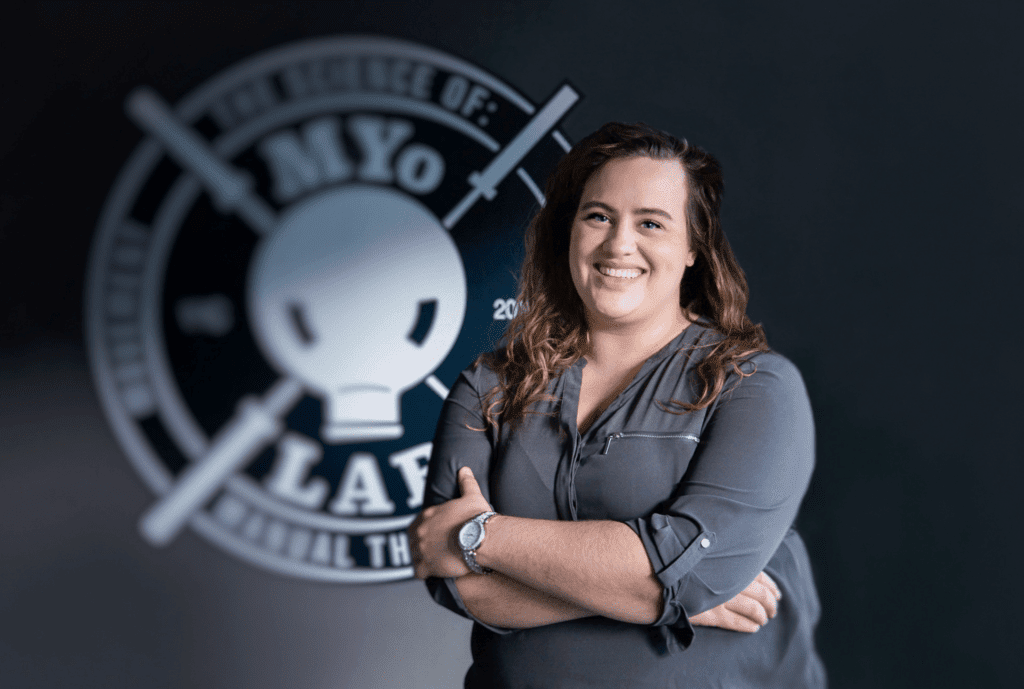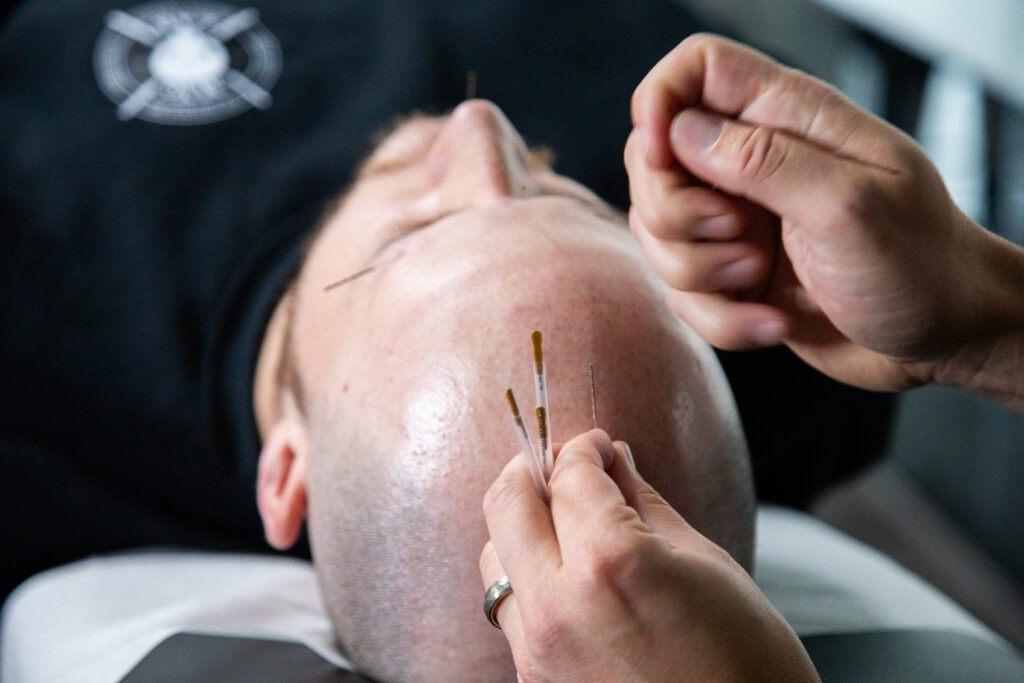Types of Headaches
Headaches are broadly categorized into primary and secondary types; we’ll cover some of the most common ones:
Primary Headaches: These aren’t caused by another medical condition and include:
- Tension Headaches: The most common type, characterized by a dull, aching sensation all over the head.
- Migraines: Intense, throbbing pain often accompanied by nausea, vomiting, and sensitivity to light and sound.
- Cluster Headaches: This is the most severe kind. You may experience burning pain around one eye, and these often occur in groups or clusters (for example, 1–3 times a day or week).
Secondary Headaches: These result from underlying health issues, such as infections, head injury, or vascular disorders. Conditions like sinus infections or aneurysms can lead to secondary headaches.
Causes of Headaches
The causes of headaches completely depend on the type. For example:
- Tension Headaches may be caused by stress, muscle strain, or anxiety.
- Migraines may be caused by genetic factors, hormonal changes, certain foods and drinks, and environmental factors like light and certain smells.
- Cluster Headaches’ exact cause is unknown, but they’re linked to abnormalities in the body’s biological clock.
- Posttraumatic Headaches occur due to head trauma, usually 2–3 days later.
- Exercise Headaches happen when your blood vessels swell up to supply your muscles with more blood. The swelling causes the pain you feel, mostly during high activity time.
- Hormone Headaches are common during periods, pregnancy, or menopause when the body experiences a change in hormone levels.
In addition to the above, there are several other causes of primary headaches:
- Alcohol, specifically red wine
- Poor posture
- Lack of sleep for days on end
- Skipping meals
- Stress
- Sleeping incorrectly (you’ll notice this if you wake up with a headache)
Other general causes for secondary headaches could be:
- Not drinking enough water
- Dental problems
- Ear infections
- Hypertension
- Flu
- Spinal headaches
Here’s our Chiropractor’s take on effectively stretching your neck to minimize headaches:
Signs and Symptoms
The symptoms of headaches can help differentiate the type:
- Tension Headaches: Steady, non-pulsating pain on both sides of the head.
- Migraines: Pulsating pain on one side of the head, with possible visual disturbances (we call that aura), nausea, and sensitivity to light and sound.
- Cluster Headaches: Excruciating pain around one eye, often accompanied by redness, tearing, or nasal congestion on the same side.
- Sinus Headaches: A prominent and consistent ache in your forehead, around the bridge of your nose and cheekbones area.
- Posttraumatic Headaches: A dull, throbbing ache that may get worse over time.
How Chiropractors Treat Headaches

Chiropractors may treat headaches through a combination of spinal adjustments, Soft Tissue therapy, Dry-needing, Acupuncture, and lifestyle advice.
Here’s a detailed look at how we may approach headache treatment:
Spinal Adjustments
Headaches may sometimes originate from misalignments or tension in the spine, particularly in the cervical (neck) region, termed a cervicogenic headache. We use specific techniques to adjust the spine, aiming to improve spinal function and alleviate stress on the nervous system. This can help reduce the frequency and severity of the headaches you experience.
There are lots of studies that have shown how Spinal Manipulative Therapy (i.e., “adjustments”) can be effective for certain types of headaches, such as tension headaches and cervicogenic headaches, which are headaches that stem from neck issues.
Soft Tissue Therapy
In addition to spinal adjustments, we may also use soft tissue therapies to relieve muscle tension and improve circulation. Techniques such as Massage, Trigger Point Therapy, and Myofascial Release can help relax tight muscles and reduce headache symptoms.
Acupuncture and Dry-needling
Both Acupuncture and Dry-needling are great options and offer minimally invasive options for headache relief.
A traditional Chinese medicine technique, Acupuncture involves inserting tiny needles into specific points on your body to balance the body’s energy flow, or “qi.” This helps relieve headache symptoms by reducing muscle tension, increasing blood flow, and stimulating the release of pain-relieving chemicals in the body, such as endorphins.
Dry-needling is a more recent therapeutic technique similar to acupuncture, but it specifically targets myofascial trigger points—tight, tender knots in muscles that can refer pain to other areas. For headache treatment, dry needling involves inserting thin needles directly into these trigger points to alleviate muscle tension, improve blood flow, reduce referred pain from the neck and shoulders to the head.
This technique can be particularly effective for tension headaches and cervicogenic headaches, which are headaches originating from musculoskeletal issues in the neck.
Lifestyle and Ergonomic Advice
Your headaches could also be a result of lifestyle choices, and we want to be able to address those as well. This can include:
- Posture Correction: Our team helps you maintain good posture to reduce strain on your neck and upper back.
- Ergonomic Adjustments: We recommend changes to your work or home environment to support proper posture and reduce physical stress.
- Exercise and Stretching: We’ll provide specific exercises and stretches to strengthen your muscles, improve flexibility, and keep you moving. This can prevent tension build-up in the neck and shoulders.
- Stress Management Techniques: Stress is a common trigger for tension headaches and migraines. We help you with relaxation techniques, like deep breathing exercises and meditation.
In the end, as Chiropractors, we use a holistic approach to treating headaches. This multifaceted approach allows us to address the root causes of your headaches (we don’t want quick, temporary fixes!) and provide long-term relief.
Here are some neck exercises you can try out:





